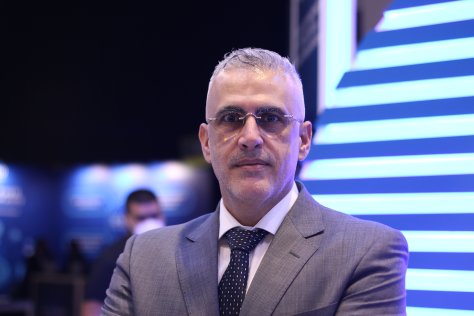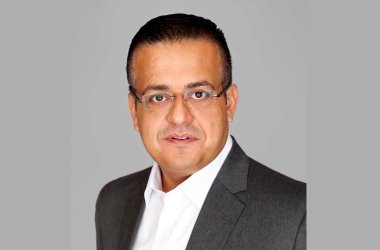Ned Baltagi, Managing Director, Middle East & Africa at SANS Institute, tells Tahawultech about the company’s presence at GISEC and how there is a serious shortage of skilled cybersecurity professionals at the global level.

What products and solutions are SANS showcasing at GISEC?
SANS is showcasing a vast range of its offerings, from core training courses, Capture-the-Flag events (CTFs), security awareness products, knowledge assessments, NetWars tournaments and Cyber Training academies, to educate visitors on how SANS can support organisations in training, recruiting, and retaining cybersecurity staff. We have many products to offer organisations – small and large – to help them provide their staff with the best possible training experience. We are also here to prove that SANS is not just for experts, it’s even for youngsters who are getting started in the field.
Visitors will get the opportunity to experience the SANS Secure Middle East 2022 training course, which will take place in Riyadh this month, through their Live Online training format.
At our stand, senior executives and cybersecurity experts from SANS Institute will be available to network and share insights on how SANS is working to bridge the current cybersecurity skills gap, as well as how individuals and organisations can adequately protect themselves against the latest cyber threats coming in from nation-state actors.
There’s always been a serious shortage of cybersecurity professionals world over. Are we any closer to bridging the gap?
It’s an ongoing issue. Over the last two-three years, the issue’s become a bigger problem, especially with so many people staying in their current jobs and many new cybersecurity roles becoming available, especially with what’s going on in Ukraine and Russia. There’s an increasing demand for cybersecurity practitioners. A lot of organisations and clients are struggling with this, so I’d say the challenge now is to not just look outside the organisation, but inside the organisation and there are several different ways of doing that and we have several solutions to help organisations do that. Interestingly, this problem is forcing organisations to be creative about how to recruit talent and retain talent.
What’s the threat-security landscape been looking like in the last two years?
A lot of threats have stayed the same; ransomware is bigger than before. Now, with the conflict in Ukraine, there is an increasing number of nation state attacks coming in from that region. But what we’re seeing is that they’re a strong community and are quickly rallying together and creating a formidable force. We’re also starting to see and be concerned about destructive malware coming from the region. We’re trying to ensure that everyone gets the right tools and resources available so that they can combat this threat.





